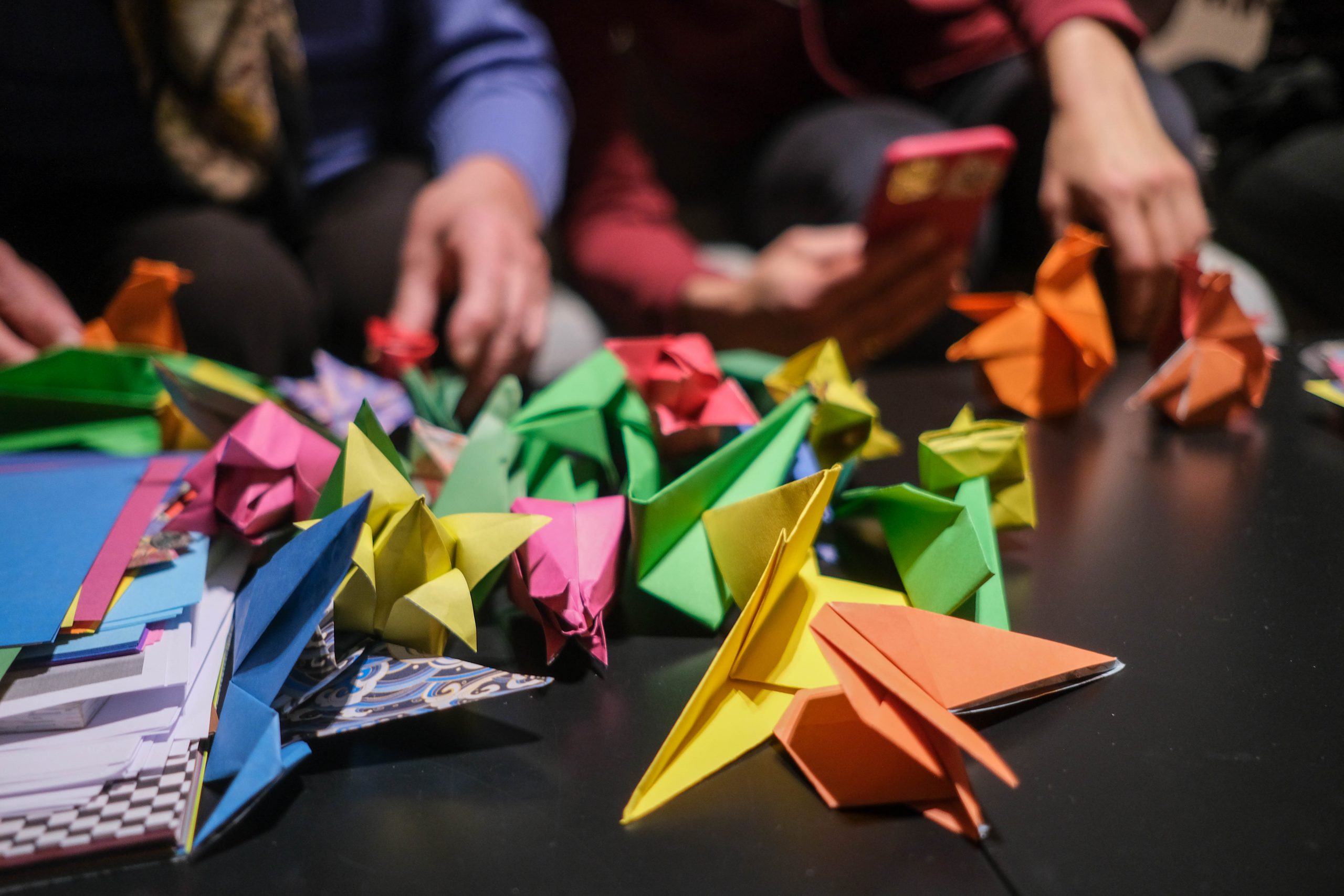USA: Diving Into “The Jungle”
01 April 2019|Terence Coyne, a Senior student from Regis High School

In January, a group of students and faculty from Regis High School attended a performance of The Jungle at St. Ann’s Warehouse in DUMBO, NYC. The Jungle is an immersive theater experience which brings the audience into the lives of people living in the Calais Jungle migrant camp, an unauthorized encampment where refugees and migrants lived at the height of the European Migrant Crisis in Calais, France.
Terence Coyne, a Senior student from Regis High School, shares his reflection on the experience.
Several weeks ago, I had the pleasure of attending The Jungle at St Ann’s Warehouse in New York City with Jesuit Refugee Service/USA. The play is based off the experiences of two British men, Joe Murphy and Joe Robertson, who spent seven months in 2015 and 2016 running the “Good Chance” theater in Calais, France. The “Good Chance” theater became a makeshift settlement that many called The Jungle. It was a place where thousands of refugees who escaped drought, war, and strife-torn countries in Africa and the Middle East waited for their “good chance” to cross the Channel into England. The camp was bulldozed in 2016, but people are still there sleeping under tarps and bridges.
The story begins in media res when residents of The Jungle and British volunteer organizers rush onto the stage in a fluster, reacting to the French government’s bulldozing of camp. After a brief episode, the stage is vacated except for our main storyteller. He recalls the happenings of the past year, beginning the narrative that leads up to The Jungle’s ultimate destruction. The experience that followed felt more like bearing witness than watching a performance. When it ended, I left St. Ann’s Warehouse feeling speechless, with more questions than conclusions or takeaways.
The emotions that stirred up within me were intense. The trauma refugees face living in camps all over the world is hard to fathom, and despite what I have read, it’s impossible for me to understand. My daily concerns have never come remotely close to those of displaced individuals. I’ve never been forced to contemplate the odds of successfully escaping my conditions to a more secure nation, or the life-or-death strategy involved in doing so.
My initial instinct was to say, “this is not a performance.” While I admired the wonderful set design, choreography, and musical direction of The Jungle, the production did not demand artistic appreciation exclusively. Through its artistry, it demanded a human response. If every audience member were to process what I had experienced as simply “a show,” I feared it would lose the urgent and devastating reality faced by the characters. Besides, so much of this performance’s power came from the realization that it’s all real.
Upon further reflection, my reaction grew slightly more nuanced. Certainly, The Jungle is so much more than a performance. And yet, I’d run a similar risk of misunderstanding if I were to equate the global refugee crisis with the heart-wrenching story I heard from The Jungle. While several cast members of this production are refugees, some actually coming from The Jungle in Calais, only a portion of the reality that refugees face worldwide could possibly be comprehended in such an insulated space.
Another aspect that made the product real, were the screens that were placed around the room showing raw footage from The Jungle and other places enduring the refugee crisis. This showed that the production was not intended to make audiences comfortable. It’s intended to shed light on a massive humanitarian crisis and an authentic response to the situation. I believe this challenged us to be galvanized by what we’ve seen, while realizing that there is so much more to it. Even if true empathy is beyond our capacities, it challenges us to do what we can for the millions of refugees who feel marginalized by our world.


